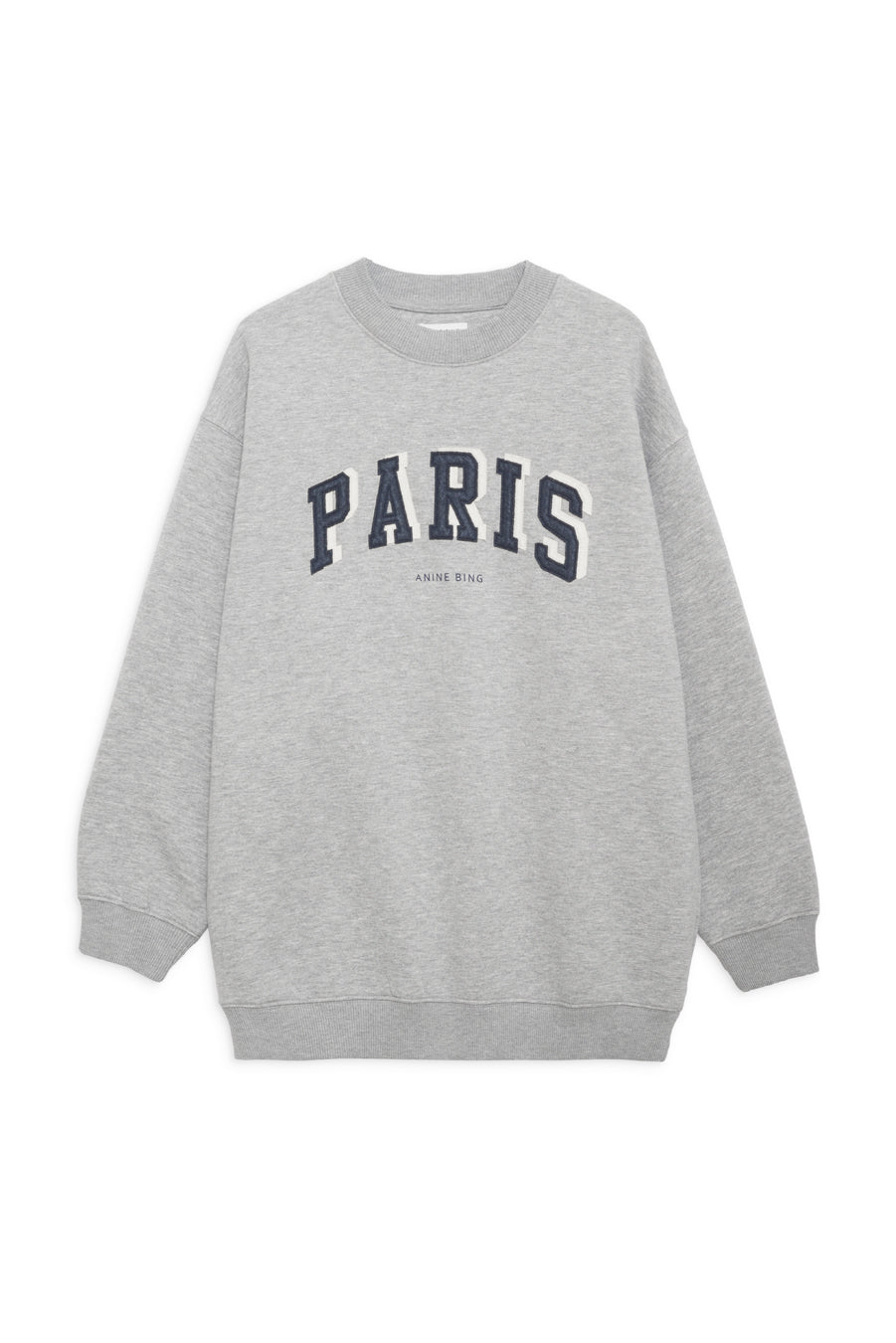“Hood By Air: Pioneering Avant-Garde Streetwear and Urban Fashion”
Introduction to Hood By Air
Hood By Air (HBA) is a fashion label that has reshaped the landscape of contemporary streetwear. Founded in 2006 by designer Shayne Oliver, the brand has garnered attention for its bold and boundary-pushing approach to fashion. With its signature blend of high fashion and street culture, Hood By Air stands as a revolutionary force in the fashion industry. Its identity is deeply rooted in urban aesthetics, gender fluidity, and avant-garde design elements, making it a beacon of modern luxury streetwear.
The Origins of Hood By Air
The journey of Hood By Air began in New York City, a place where the streets serve as the canvas for the most innovative forms of expression. Shayne Oliver, a former fashion student, started the brand as a project to explore the intersection of music, street culture, and fashion. Initially, the brand was known for its underground appeal, with its designs often found in the hands of experimental fashion lovers and music artists.
Oliver’s vision for HBA was to create a space where the rules of traditional fashion didn’t apply. This meant rejecting the idea of a strictly defined gender, embracing the raw energy of the streets, and incorporating the influences of queer culture and underground music scenes into his designs. Hood By Air’s early work quickly gained the attention of fashion insiders and influencers, solidifying the brand as a key player in the streetwear revolution.
The Unique Aesthetic of Hood By Air
One of the key elements that defines Hood By Air is its ability to blend streetwear with high fashion. Oliver’s designs challenge conventional notions of what streetwear is and how it should be presented. The brand often merges oversized silhouettes, bold graphics, and deconstructed elements with luxurious fabrics and intricate tailoring. This creates a striking contrast between the raw, rebellious nature of street fashion and the refined, structured world of high-end fashion.
Hood By Air’s aesthetic is often described as “anti-fashion,” as it embraces contradictions and rejects traditional beauty standards. The clothing features exaggerated shapes, irregular proportions, and unexpected details. For instance, oversized hoodies, graphic t-shirts, and distressed pants are often combined with high-end fabrics such as leather, silk, and suede. This juxtaposition makes HBA a brand that attracts both fashion-forward streetwear enthusiasts and avant-garde fashion lovers.
Gender Fluidity and the Impact of HBA
A defining feature of Hood By Air is its commitment to gender fluidity. Oliver has long been vocal about his desire to blur the lines between traditionally masculine and feminine styles. Hood By Air’s collections often feature clothing that can be worn by anyone, regardless of their gender. The brand has become a symbol of empowerment for those who reject the confines of conventional gender roles and embrace a more fluid, inclusive approach to fashion.
HBA’s runway shows are a reflection of this ethos, often featuring models of various genders and body types. This has set the brand apart from its contemporaries, as it provides a platform for diversity and self-expression. By challenging traditional gender norms in fashion, Oliver and Hood By Air have helped shift the conversation toward inclusivity and fluidity in the fashion industry.
Collaborations and Cultural Influence
Hood By Air’s rise to prominence was also bolstered by several high-profile collaborations with global brands, artists, and musicians. These collaborations have played a major role in expanding the brand’s reach and cementing its place in both the streetwear and luxury fashion spheres.
Notable collaborations include partnerships with brands such as Champion, Coca-Cola, and the renowned artist Virgil Abloh’s Off-White. These alliances allowed Hood By Air to tap into a broader audience, from those within the streetwear community to high-fashion aficionados. The brand’s collaborations with artists and musicians have further solidified its role as a cultural touchstone, bridging the worlds of fashion, music, and art in unique ways.
The influence of Hood By Air also extends to popular culture. The brand has been worn by some of the most influential figures in music, including Kanye West, A$AP Rocky, and Beyoncé. These artists have played a key role in shaping the visual identity of Hood By Air, with their endorsement helping to elevate the brand to new heights. The connection between fashion and music is central to the identity of HBA, which has long seen itself as a representation of the contemporary, urban lifestyle.
The Evolution of Hood By Air
Hood By Air’s journey has not been without challenges. The brand went on hiatus in 2017 after a decade of pushing the boundaries of fashion. However, in 2020, Shayne Oliver announced the return of HBA with a fresh perspective. This revival included a reimagined vision for the brand, with Oliver once again offering a critique of contemporary fashion norms and reestablishing HBA’s place within the cultural conversation.
The 2020 return was marked by a reinvigorated sense of inclusivity and experimentation. Oliver’s designs once again pushed the envelope, presenting collections that addressed issues such as sustainability, identity, and the digital age. HBA’s return to the runway was a reflection of Oliver’s ongoing commitment to challenging traditional ideas of fashion, while still maintaining the brand’s core ethos of street culture and urban rebellion.
Conclusion
Hood By Air’s influence on the fashion industry cannot be overstated. From its origins in New York’s underground fashion scene to its rise as a global cultural force, the brand has consistently redefined what streetwear means in the context of high fashion. Shayne Oliver’s commitment to pushing boundaries, embracing gender fluidity, and collaborating with artists and musicians has made HBA a symbol of innovation and rebellion in the fashion world.
As Hood By Air continues to evolve, its impact remains significant. The brand’s ability to challenge the status quo and offer new perspectives on identity, fashion, and culture ensures that it will remain a relevant and powerful force in the fashion world for years to come.














Post Comment